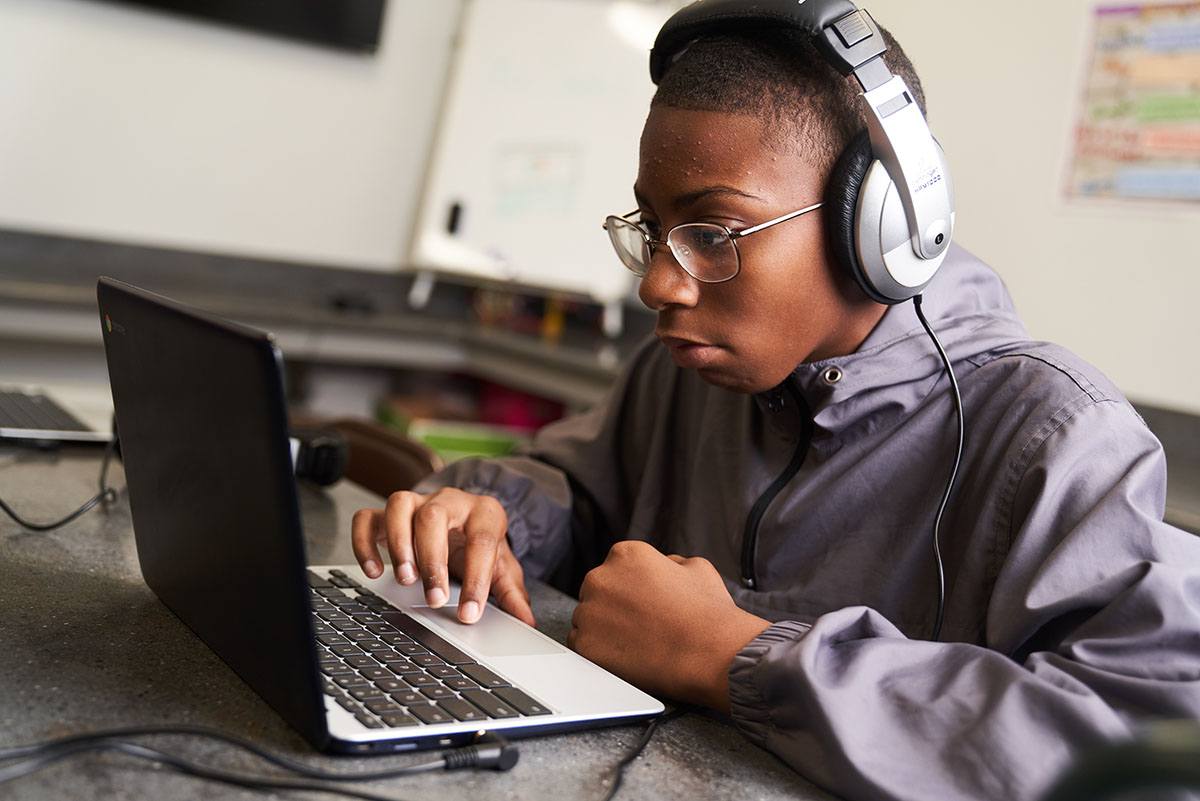Mississippi’s digital learning opportunity is here

As every school in the state was shut down at the beginning of the pandemic, we quickly realized the state did not have the infrastructure in place for online learning.
To their credit, schools tried to adopt and provide students with the necessary educational materials to finish out the spring of 2020, but we did see a strain on our education system, teachers, students, and their families. There are unique problems in a rural state, particularly when it comes to internet access. Which is something the state has begun to address.
But that doesn’t mean we should continue to ignore the possibilities that come with digital learning. Or that we should continue to trail other states on something we could set up tomorrow. To date, 38 states have adopted a permanent digital option after the pandemic led to increased interest. Every state that borders Mississippi is included in that statistic. Mississippi is not.
Last year, over one million courses were accessed online. Less than 2,000 were in Mississippi
A bill that is moving in the legislature would make Mississippi the 39th state. House Bill 795, sponsored by Rep. Rob Roberson, would make digital learning available to all Mississippi students.
This is important for multiple reasons.
Yes, having this option when schools are forced to close would have been nice, but it’s larger than that. The issue isn’t necessarily what to do during a global pandemic, but whether or not students will have to continue to sit in classrooms with permanent subs or if a student will have to miss out on an AP class because it’s not offered at his or her school.
Let’s consider the students who can benefit from digital learning options:
– We know a large number of students, particularly in rural and poor areas, must attend certain classes that do not have enough certified teachers. Besides crowded classrooms, this results in students having to attend classes with permanent substitute teachers, often stripping students of their ability to reach their fullest potential. The legislature is taking steps to address the issue with pay raise proposals moving in both chambers, but there are still going to be desserts. With full digital options, those students could remain at school while learning from a certified teacher in a class that they did not have that option yesterday.
– On a similar note, we also know there are students who would like to be challenged more. And deserve to be challenged. Yet, they don’t have access to advanced classes because there is a lack of numbers among other students, leading the school to not offer a specific class. With digital options, students would literally be able to access any course they would like, accessing courses they love and are interested in that will challenge them and better prepare them for the future.
– There are also students with unique circumstances. This might be a student who is immunocompromised, something that is top of mind for many right now. But maybe it’s a student who has a schedule of extracurriculars that forces him or her to travel and miss school. Maybe it’s a student with behavioral issues. Or one who has some other issues that make being in a large school setting difficult.
At the end of the day, we know the preferred school setting for most is inside a traditional classroom. That doesn’t have to change, and it isn’t. But that doesn’t mean we should ignore the technological possibilities that come with digital learning.
